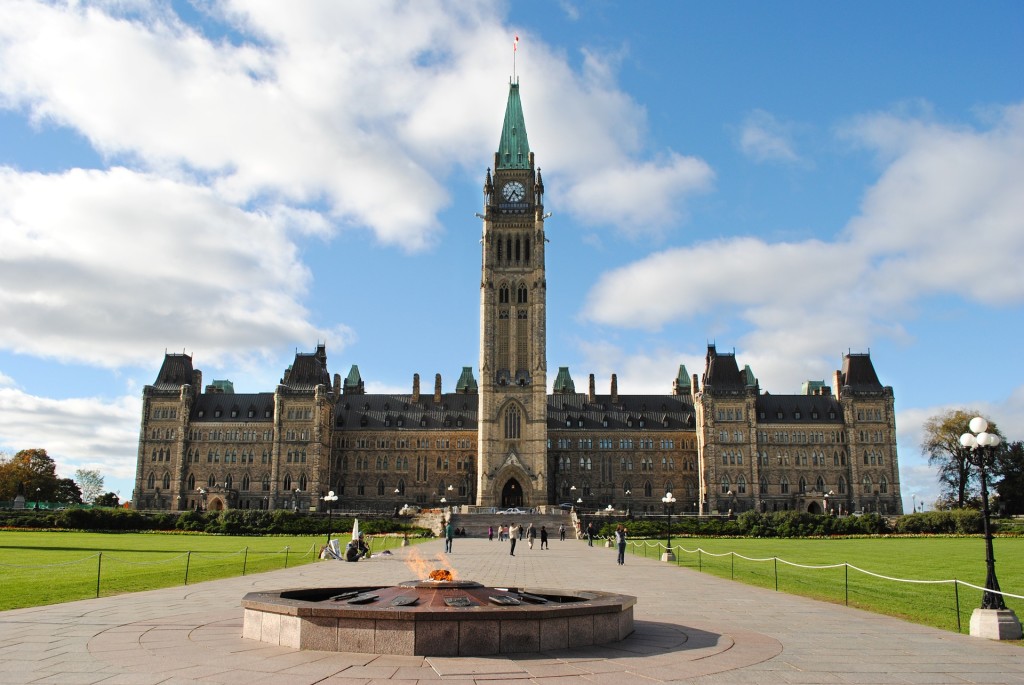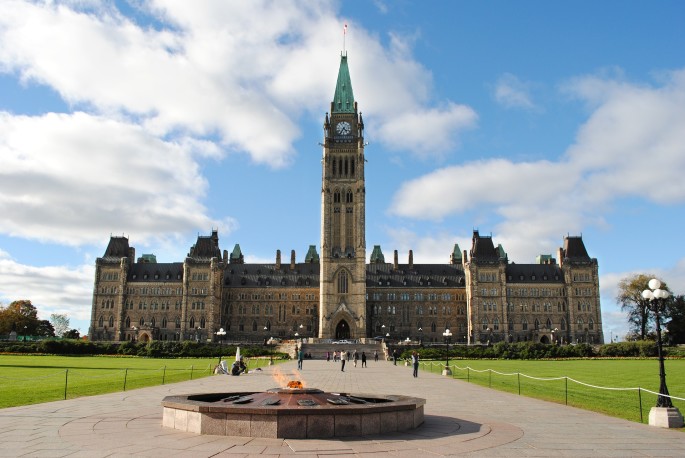The Government of Canada is proposing regulatory amendments to the Canadian Patent Rules. The proposed amendments were published on July 3, 2021 and the public has 30 days to provide comments[1]. The final rules are expected to be published in fall 2021 and implemented in late 2021.
According to the Government, the broad objectives of the proposed amendments are the followings:
- to increase the efficiency of the patent examination process;
- to reduce the average number of examination reports required prior to disposal of a patent application;
- to reduce the average number of claims in patent applications;
- to ensure that the sequence listing standard in the Patent Rules remains aligned with the international standard in the PCT; and
- to introduce important new safeguards to prevent loss of rights.
New to the Canadian patent system would be issuance of a maximum of three examination reports. Applicants could elect to continue examination by making a request for continued examination (RCE) and paying a new prescribed fee[2]. It is also proposed that the new RCE mechanism would replace the current mechanism of withdrawing an application from allowance and returning it to examination. This would increase the cost of this step for standard entities[3]. For small entities, the cost of this step would remain the same due to the reduced cost for a RCE for small entities.
Currently, there is no limit on the number of claims in a patent application, nor are there any additional fees for large numbers of claims. It is proposed to introduce a new fee for excess claims over 20 claims[4].
Further to the above proposals to encourage applicants to file compact applicant sizes and to reduce the average number of examination reports, there is a proposal for a new notice from CIPO to applicants named a “conditional notice of allowance”, where an applicant would be informed that the application is in condition for allowance, but certain minor defects in the application must be addressed. This will allow applicants to address the defects and pay the final fee, without needing to go through an additional round of examination, such as an RCE.
The proposed amendments further include necessary modifications for patent applications related to biotechnology that comprise a disclosure of nucleotide and/or amino acid sequences. The amendment will ensure compliance with new electronic sequence listing requirements of the PCT regulation (i.e. WIPO’s Standard 26 (ST.26)).
The proposed modifications also comprise housekeeping amendments and other minor amendments, including an extension of time mechanism for incorrect fee payments as a result of erroneous information provided by the Canadian Intellectual Property Office (CIPO), waivers for extensions of time to respond to examination reports when there are significant delays in the delivery of communications from the Patent Office (the Office), and the ability to correct errors in translation of certain documents provided to CIPO.
Interestingly, these changes are a first step toward implementation of a Patent Term Adjustment (PTA) compensation system in Canada. It is recalled that under the Canada-United States-Mexico Agreement (CUSMA) that was signed by Canada in 2018, each jurisdiction must adjust the term of a patent to compensate for unreasonable delays in the issuance of the patent. Since the PTA obligation applies to all patent applications filed on or after December 1, 2020, the government indicates that these changes are made with the objective to better streamline the patent examination process, with a view to avoiding unreasonable or unnecessary delays in the granting of patents. If implemented, the proposed amendments will certainly influence applicants filing and prosecution strategies. For instance, the claims fee will require applicants to file for more concise applications. Likewise, limiting the number of examination reports to three reports will encourage applicants to more quickly bring their applications into compliance with the Canadian Patent Act and Patent Rules. Fasken will keep you promptly informed of the publication of the final rules which are expected to be published this fall.
Learn more about our patent practice.
[1] Canada Gazette, Part I, Volume 155, Number 27: Rules Amending the Patent Rules (https://canadagazette.gc.ca/rp-pr/p1/2021/2021-07-03/html/reg3-eng.html)
[2] The proposed standard fee for a RCE is $816 and this fee would be reduced by 50% for small entities.
[3] The current cost to withdraw a notice of allowance and return to examination fee (as of 2021) is $408.00. As previously stated, the proposed standard feed for a RCE is $816. This would make withdrawing an application from allowance and returning it to examination approximately double the cost for standard entities.
[4] It is proposed to set the standard fee for each excess claims over 20 at $100 (50$ for a small entity)

Des changements importants sont proposés au traitement des demandes de brevets canadiens –21 juillet 2021
Le gouvernement du Canada propose des modifications réglementaires aux Règles sur les brevets. Les modifications proposées ont été publiées le 3 juillet 2021 et le public dispose de 30 jours pour formuler des commentaires[1]. Les règles définitives devraient être publiées à l’automne 2021 et mises en œuvre à la fin de 2021.
Selon le gouvernement, les grands objectifs des modifications proposées sont les suivants :
- accroître l’efficience du processus d’examen des brevets;
- réduire le nombre moyen de rapports d’examen requis avant la disposition d’une demande de brevet;
- réduire le nombre moyen de revendications dans les demandes de brevet;
- veiller à ce que la norme de listages des séquences dans les Règles sur les brevets demeure harmonisée avec la norme internationale du Traité de coopération en matière de brevets (PCT);
- instaurer de nouvelles mesures de protection importantes pour prévenir la perte de droits.
Une nouveauté dans le système canadien des brevets permettrait au demandeur de recevoir un maximum de trois rapports d’examen. Les demandeurs qui choisissent de poursuivre l’examen peuvent le faire en faisant une requête pour la poursuite de l’examen (RPE) et en acquittant une nouvelle taxe réglementaire[2]. Il est également proposé que le nouveau mécanisme de la RPE remplace le mécanisme actuel pour retirer une demande de l’acceptation et poursuivre l’examen avec le nouveau mécanisme, ce qui augmenterait la taxe générale liée à cette étape[3]. Dans le cas des petites entités, la taxe liée à cette étape demeurerait la même en raison de la réduction de la taxe associée à la RPE pour ces entités.
À l’heure actuelle, il n’y a pas de limites quant au nombre de revendications dans une demande de brevet, pas plus qu’il n’y a de taxes supplémentaires pour un grand nombre de revendications. Les modifications proposées instaureraient une nouvelle taxe pour les revendications excédentaires au-delà de 20 revendications[4].
En plus des propositions ci-dessus visant à encourager les demandeurs à déposer des demandes condensées et à réduire le nombre moyen de rapports d’examen, un nouvel avis de l’Office de la propriété intellectuelle du Canada (OPIC) transmis aux demandeurs (nommé « avis d’acceptation conditionnelle ») les informerait que la demande est jugée acceptable, mais que certaines irrégularités mineures sont présentes dans la demande et doivent être corrigées. Cette proposition permettrait aux demandeurs de traiter les irrégularités et de payer la taxe finale, sans avoir à passer une autre série d’examens, comme une RPE.
Les modifications proposées comprennent en outre les modifications nécessaires pour les demandes de brevet liées à la biotechnologie qui donnent une divulgation des séquences de nucléotides et/ou d’acides aminés. La modification garantira le respect des nouvelles exigences du PCT relatives à la présentation des listages des séquences, y compris l’adoption de la norme 26 (ST.26) de l’Organisation mondiale de la propriété intellectuelle (OMPI).
Les modifications proposées comprennent également des modifications d’ordre administratif et d’autres modifications mineures, y compris un mécanisme de prorogation du délai pour les paiements incorrects des taxes à la suite de renseignements erronés fournis par l’OPIC, des dérogations pour les prorogations de délai afin de répondre aux rapports d’examen lorsqu’il y a des retards importants dans la livraison des communications du Bureau des brevets et la capacité de corriger les erreurs de traduction de certains documents fournis à l’OPIC.
Fait intéressant, ces modifications constituent un premier pas vers la mise en œuvre d’un système d’indemnisation en ce qui concerne l’ajustement de la durée des brevets (ADB) au Canada. Rappelons qu’aux termes de l’Accord Canada–États-Unis–Mexique (ACEUM) signé par le Canada en 2018, chaque territoire doit ajuster la durée des brevets en vue d’éviter des retards déraisonnables dans leur octroi. Par ailleurs, puisque l’obligation d’ADB s’applique à toutes les demandes de brevet déposées à partir du 1er décembre 2020, le gouvernement indique que ces modifications sont apportées afin de simplifier davantage le processus d’examen des brevets, en vue d’éviter des retards déraisonnables ou inutiles dans l’octroi des brevets. Si elles sont mises en œuvre, les modifications proposées influenceront certainement les stratégies de dépôt et de poursuite des demandeurs. Par exemple, la taxe pour revendication les obligerait à déposer des demandes plus concises. De même, limiter le nombre de rapports d’examen à trois rapports encouragera les demandeurs à mettre plus rapidement leurs demandes en conformité avec la Loi sur les brevets et les Règles sur les brevets du Canada. Fasken vous tiendra informés sans délai de la publication des règles définitives qui devraient être publiées cet automne.
Découvrez notre pratique spécialisée en brevets.
[1] Gazette du Canada, Partie I, Vol. 155, No. 27 : Règles modifiant les Règles sur les brevets, en ligne : https://canadagazette.gc.ca/rp-pr/p1/2021/2021-07-03/html/reg3-fra.html
[2] La taxe générale proposée pour les RPE est de 816 $ et serait réduite de 50 % pour les petites entités.
[3] La taxe actuelle liée au retrait d’un avis d’acceptation et à la poursuite d’un examen (en date de 2021) est de 408 $. Comme indiqué précédemment, la taxe générale proposée pour les RPE est de 816 $. Ainsi, la taxe liée au retrait d’une demande de l’acceptation et à la poursuite d’un examen serait environ le double de la taxe générale.
[4] Il est proposé de fixer à 100 $ la taxe générale pour chaque revendication excédentaire au-delà de 20. La taxe proposée applicable aux petites entités est de 50 $.



